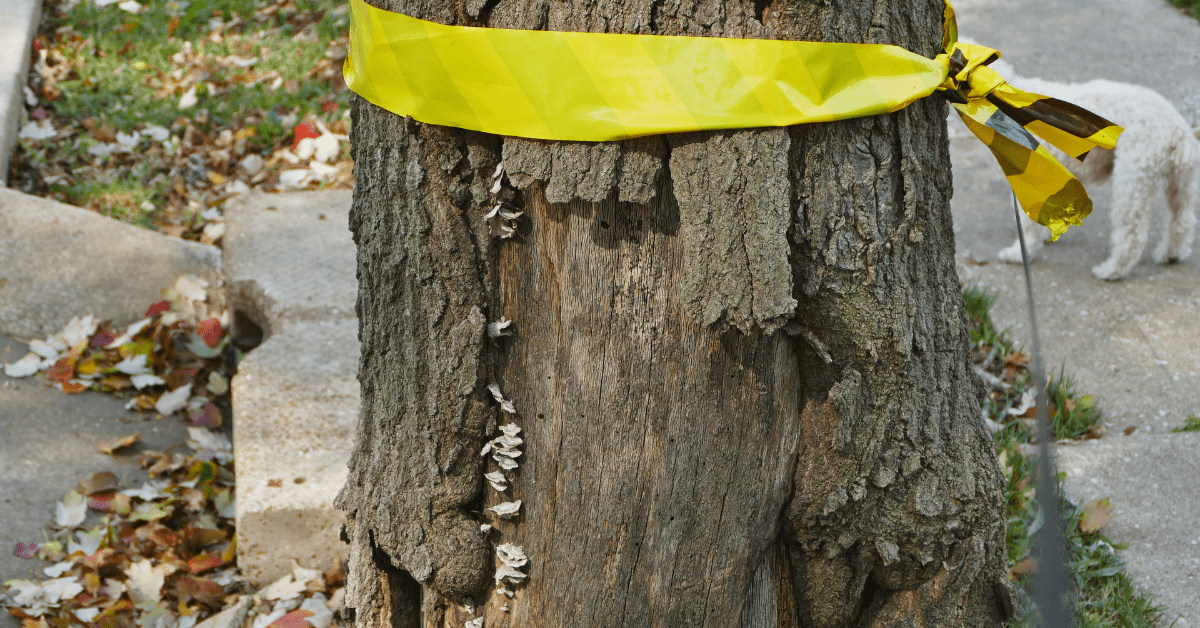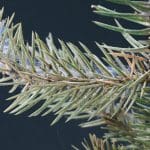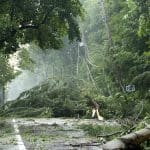
While the groundhog may have predicted an early spring, there’s still a good bit of time before your clients’ trees break dormancy. However, the last thing they want to see after a long winter is a barren tree when it should be budding.
Rather than having this unpleasant surprise, you can identify the symptoms of a tree in decline now so you can develop a plan of action with your customer, whether it be treatments or removal of the tree.
As you monitor your customers’ properties, keep an eye on their trees for any of these warning signs and symptoms of a tree being in trouble.
Bark Problems
Some species naturally shed bark, but if the tree’s trunk is shedding layers without replacing it with fresh bark, this could be a problem. Look for vertical cracks or deep splits in the trunk. These cracks can make the tree vulnerable to pests.
Thin-barked, deciduous trees like maple, cherry, mountain ash, tulip, ash, willow, birch and linden are highly susceptible to winter-induced bark split on the trunk, especially when the bark is young.
Fungi Present
If you spot fungi growing on the base of a tree, this is a bad sign and indicates rot in the roots or trunk. When trees are under stress, physiological changes occur in the roots, allowing the fungi to infect and kill them.
Certain fungi that cause stem canker or root infections are often associated with the decline of many tree species. Decay fungi typically reduce the weight of wood by growing through the vascular tissues and degrading major cell wall components. A 10% loss of wood weight can result in 70 to 90% loss in wood strength.
Brittle Branches
If a lot of branches are littering the ground around a tree, take a closer look to see if these brittle branches make up most of the tree. Conduct a scratch test using your fingertip or a pocketknife to scratch a twig lightly. The layer beneath should be moist and green.
A tree in trouble will have a brittle, brown layer beneath. Repeat this test on several other twigs. You can also try bending different tree twigs. If they all break, they’re dead.
Leaning Tree
If you spot a tree that previously was growing upright, keeling over, this can indicate the roots are dying or damaged. Depending on the severity of the lean and the condition of the tree will determine if you can save the tree.
Unfortunately, if roots are exposed or the lean is too great, it’s already too late to save the tree.
Minimize Tree Stress
If any of these signs are found in a tree, strive to determine the specific cause for the tree’s decline. If you are unable to pinpoint any root cause for the decline, try fertilizing and watering the tree.
Other practices to decrease tree stress include preventing wounds and avoiding changes in the soil grade around the tree. If the soil is compacted, loosen it to provide aeration.
If the tree has recently been defoliated by hail, insects or disease, take care to prevent this from taking place again as repeated defoliations can cause a fatal decline.



